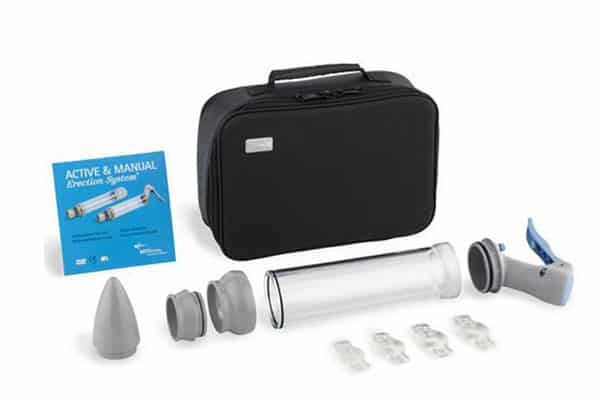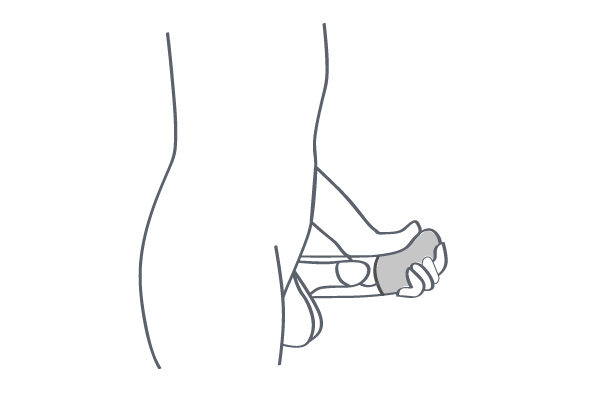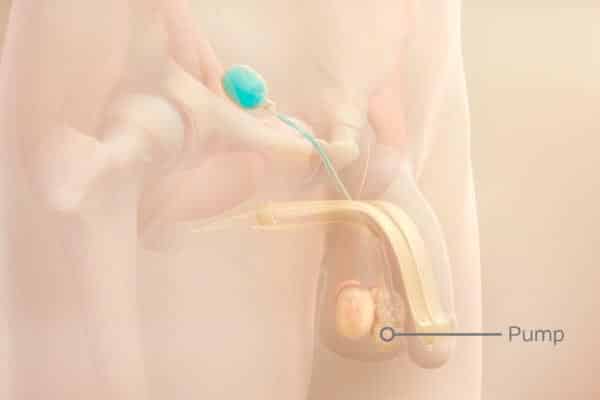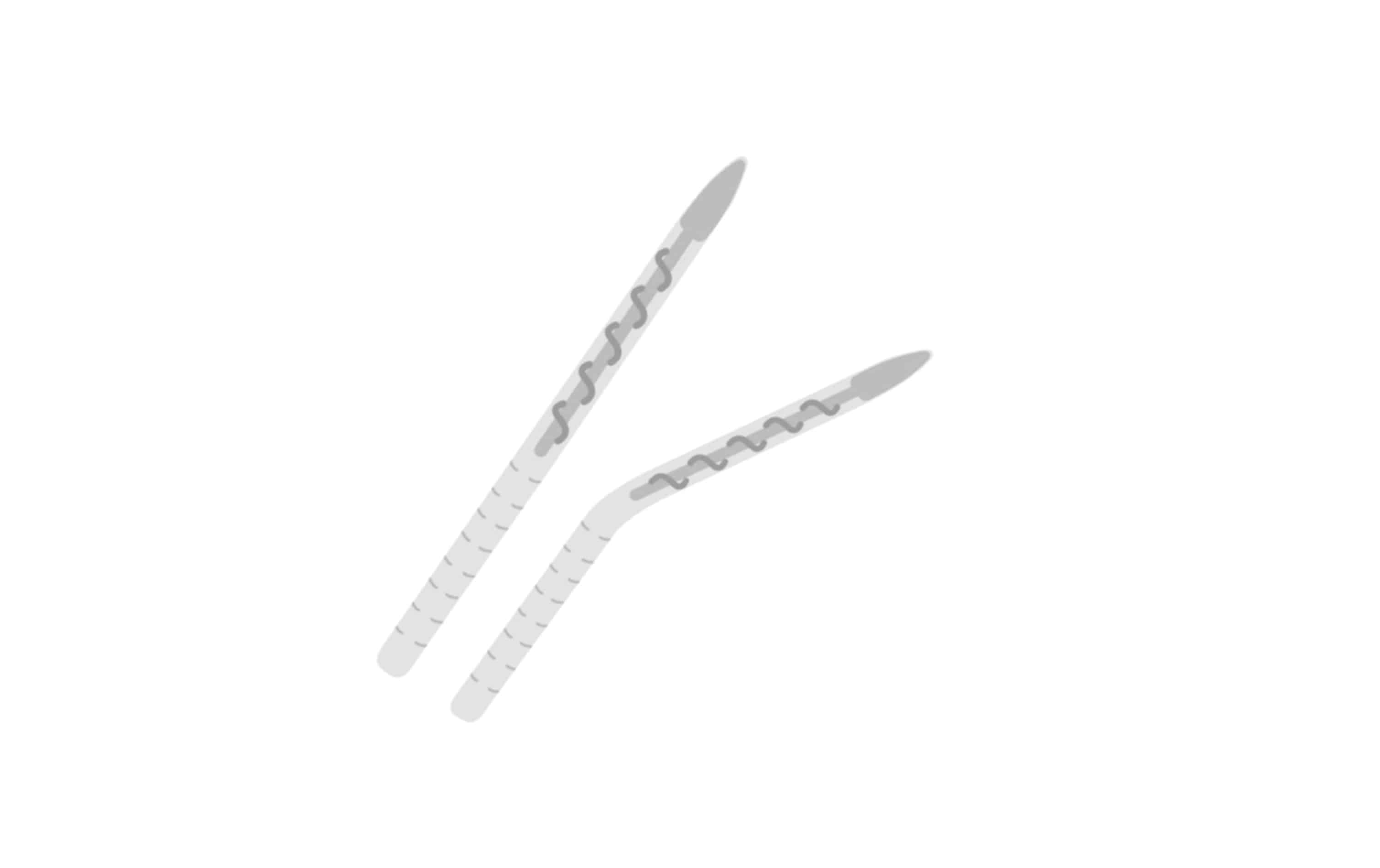How does a Penile Pump Device work?
Erectile dysfunction is diagnosed during an assessment and medical examination. Depending on the cause, there are many solutions available to resolve your erectile dysfunction and improve your daily life: drugs, surgery or even medical devices. In this article, discover how the penile pump works and how, based on your diagnosis, you can find an effective solution to your erectile dysfunction.
How to cure ED without surgery or medical treatment?
Suffering from erectile dysfunction is not a state of finality, many solutions exist: drugs, surgery and even purely mechanical, which can solve your erectile dysfunction and improve your daily life.
Did you know? Vacuum devices for ED have age-long been one of the only treatments prescribed for erectile problems! Their efficacy was proven in 1985 by a scientific article praising their use. For many couples who have tested it, it is considered an effective technique with a 90% efficacy rate!1
How to use a penile pump?
Some recommendations for use:
It comes in the form of a tube. The man inserts his penis into it and can manually create a vacuum around it. This generates a pressure difference, causing blood to flow into the cavernous bodies of the penis. In just a few minutes, the erection appears and your sensations are intact.
A penile ring must be placed on the base of the penis, to maintain an erection during sexual intercourse as well as preventing deflation. Please be advised, however, that you cannot wear this ring for over 30 minutes to avoid creating a prolonged erection, which can cause long term damage to the natural erectile tissue.
If erectile problems occur, your penis must gradually restore itself. So, do not worry if, during your first use of the vacuum device for ED, your inflation is not at its maximum. Gradually increase the vacuum depression to enable a continuous and gentle stretch of the tissue that has not worked for some time.
The size of the ring holding the erection is of primary importance. A ring that is too large will not sustain the erection. Whereas, one that is too small can be very uncomfortable. Please take the time to choose the ring that best suits you so you feel comfortable and fulfilled during the sexual act.


If erectile dysfunction occurs, vacuum devices for ED enable satisfying sexual relations, not disturbing your sensations. But, this tool can also acts a useful exercise machine for your penis. An extended period without normal erections can lead to poor oxygenation of the tissue, scarring and retraction of the internal tissue and a potential loss of length over time. The daily use of vacuum devices for ED as an exercise, with an erection of about 5 to 10 minutes will, therefore, oxygenate the defective tissues and naturally stretch the tissue to prevent further potential loss of length.
A significant advantage: the absence of surgery. Vacuum devices for ED are manual tools, with no harmful side effects. The can also be combined with other treatments such as tablets or injections.
If you don’t like the idea of using a penile pump, remember that you are in control: you are in charge of your erection and can stop it at any time by removing the ring.
Vacuum devices for ED can also have some disadvantages. Foremost, a perfect seal must be created between the body and the penile pump cylinder. If the slightest air leak appears, the erection will not be effective. Relax, you can increase your odds by trimming your pubic hair and applying plenty of water-soluble gel.
As mentioned above, to avoid blocking your blood circulation, you can only use the ring for a maximum of 30 minutes.
When you make an appointment to discuss ED with your doctor, he’ll go over your options and help you decide what’s best for your unique situation. He might suggest making lifestyle changes, trying drug therapy, or getting a penile implant.
Use our Specialist Finder tool to locate a doctor in your area who can provide information on how to best treat your ED.
1: According to the study ” Michael S.CooksonPerry W.Nadig, The Journal of Urology Volume 149, Issue 2, February 1993, Pages 290-294)https://pubmed.ncbi.nlm.nih.gov/8426404/




